Conflict verses Character; How to Introduce it confidently into the Story
Every great story has conflict. This helps push the story further by providing characters with obstacles to overcome and objectives to endeavor for. And, in a story, attempting to resolve the conflict is critical to writing a rewarding ending. But how does an author introduce conflict into a story? And how can conflict manifest itself?
In this post, we'll look at six types of literary conflict:
1. Character vs. character, where two (or even more) characters are at odds.
2. Character vs. self, where a character goes through an inner conflict.
3. Character vs. nature, whereby the conflict is centered on a natural event.
4. Character vs. society, whereby the conflict emanates from an oppressive social surrounding.
6. Character vs. supernatural, during which a character is challenged by supernatural beings.
Continue reading to learn more about many of these conflict types.
1. Character vs. Character
The most common type of conflict in literature is that of two (or even more) characters opposing one another. This is most often seen between both the protagonist and antagonist of a story, but it is not always the case.
Conflict among both characters with contrasting goals can be expressed in a variety of ways, ranging from a simple physical confrontation to different emotional and governmental scheming. The critical component in all cases, however, is whether the characters should really be pursuing opposing or conflicting objectives, to provide the protagonist with a challenge to overcome.
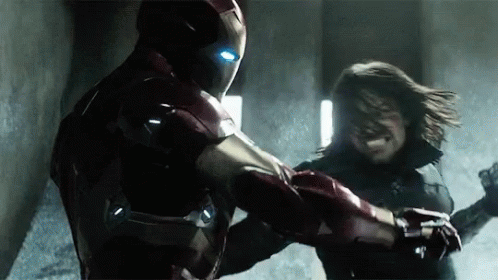
2. Self vs. Character
Some other popular method of narrative conflict involves a character's internal struggle, which usually involves their emotions, personal flaws, or a moral quandary.
This type of conflict is ideal for creating a complicated main character because they'll have to grow and change throughout the story in order to overcome their difficulties. Having returned to Luke Skywalker, we see just how his character arc contains a battle to gain full control of his Jedi powers.
Internal conflict, on the other hand, can be more complicated. Shakespeare's Hamlet, in which the main character faces numerous internal conflicts, is a notable example of this. For example, Prince Hamlet pledges to avenge his father by assassinating his uncle Claudius, and yet his sense of obligation to his father clashes with his desire to avenge his father.
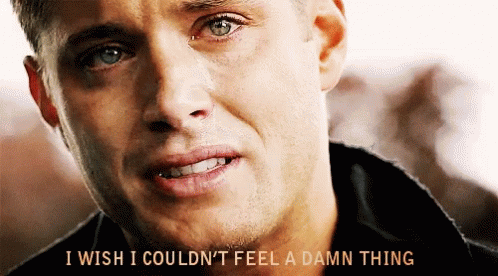
3. Nature vs. Character
A subtly different form of conflict includes pitting a character against nature. This is frequently accompanied by a fight for existence against aggressive native animals, natural catastrophes, threatening climate, or even a post-apocalyptic scenery.
For example, in Ernest Hemingway's The Old Man and the Sea, this same conflict which motivates the story and character building is largely one of man versus nature. Santiago, the protagonist, must battle both the sea and the gigantic marlin he is attempting to capture, and he hardly even manages to survive the ordeal.

Character vs. Society
Characters struggling against society is another way to add conflict to a story. This could be a particularly unfair, closed minded, or oppressive society. It could also be a struggle to deviate from social norms.
Protagonists inside this sort of story are usually motivated to challenge society because of their morals or a yearning for happiness, liberty, fairness, or love.
Harper Lee's to Mockingbird is the most notable case of a tale grounded in this sort of conflict. In this novel, a lawyer named Atticus Finch ends up taking on the case of a Person of color who has been wrongfully accused of crimes, staying faithful to his principles despite of how some around him judge him.
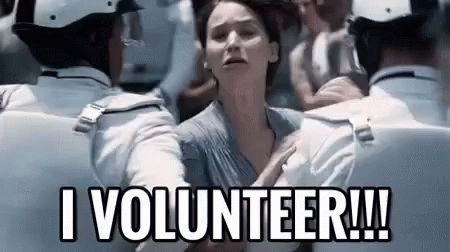
5. Character vs. Advanced technologies
Some stories revolve around characters who create conflict with technology which also has become too strong or is being used immorally. This is frequently speculative (for instance, a science fiction novel about the difficulties of space exploration), but can also be about something like a conflict based on existing technology.
Stories about technological conflict frequently also use it to discover just what makes us human and what distinguishes humans from technology and machines. Mary Shelley, for example, used proper scientific theories in Frankenstein to tell stories about possible future costs and risks of technological advancement.
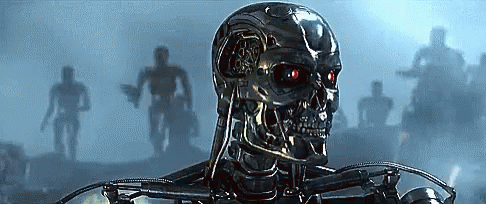
6. Supernatural vs. Character
In this sort of conflict, a protagonist is confronted with a power that reason and science cannot explain. This could be a supernatural force of some sort, such as a ghost, demon, extraterrestrial, or other. But it could be something vague, like fighting fate itself.
Supernatural conflict could indeed generate an unfair playing field by pitting normal protagonists against a power they don't understand in order to create tension or threat. However, supernatural abilities can exist on the both sides of the conflict.
Horror novels are a perfect representation of just how supernatural conflict can be handled. For example, in Stephen King's It, the main characters are tormented by the a supernatural being who preys on their fears. As a result, the story is dependent on the characters attempting to survive the threat, then having to learn how and when to overcome it.

Conflict in a Story: How to Use It
Every story typically requires another source of conflict; however, the majority will include several.
To return to Star Wars, we have character conflict (Luke Skywalker vs. Darth Vader), internal conflict (Luke's fight to learn Jedi powers), and social conflict (the rebellion against an evil empire).
All of these respond to the narrative and categorization in various ways. Similarly, even if a story has a single source of tension driving the main story, you can also include other types of conflict through story threads (or secondary characters).
While writing stories, consider the storyline, subplots, and categorization in aspects of conflict, such as:
• Which forms of conflict are also most appropriate for the story's themes?
• How well the conflict will propel the narrative forward by presenting characters with obstacles to overcome.
• How different types of conflict might have been used in story threads.
• Whether or not character arcs are indeed grounded in conflict (internal or external).
• If and how the central conflicts in your story are resolved.
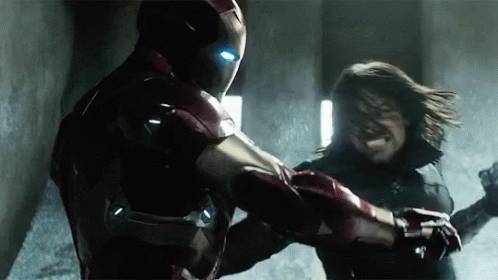


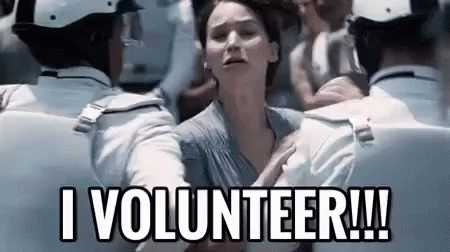
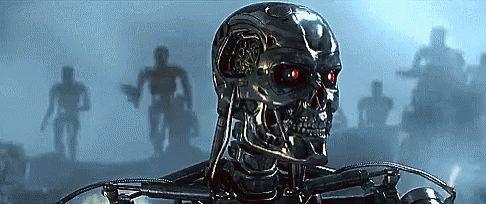
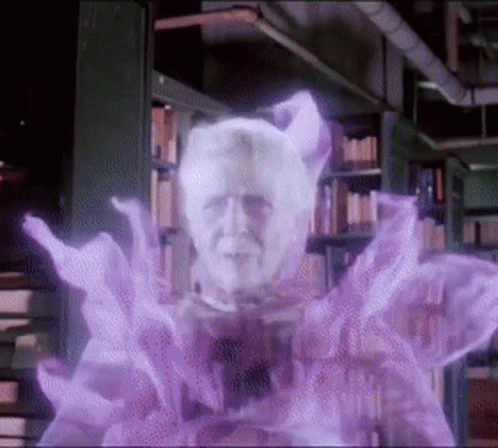
The most difficult for me to attempt is character versus advanced technology. I don't have much skills or knowledge of that level of science lol